Introducing Rakewell, Apollo’s wandering eye on the art world. Look out for regular posts taking a rakish perspective on art and museum stories.
Dinophiles rejoice! This summer a touring exhibit of animatronic dinosaurs is arriving in the UK. The interactive installation Jurassic Encounter features 50 life-size robots, so they say, of creatures from the Jurassic, Triassic and Cretaceous periods, complete with swishing tails and roaring sound effects. Throughout the summer holidays it will take over parks in London, Birmingham, Glasgow and Leeds, where visitors will be able to enjoy such perks as riding on dinosaurs and – somewhat anachronistically – digging up fossils.
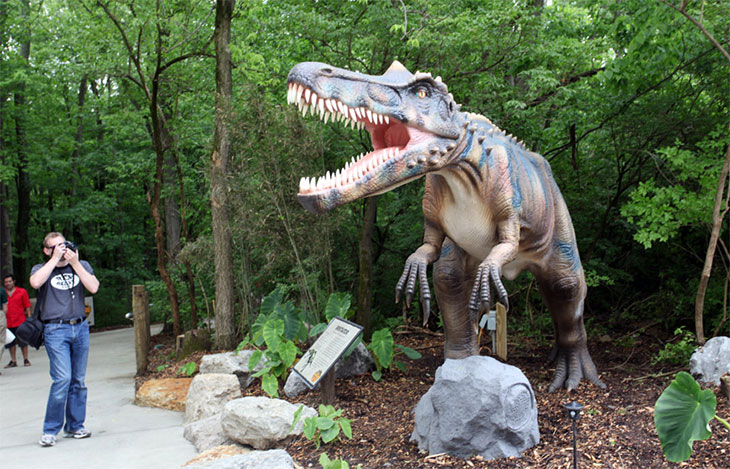
A preview of what visitors to Jurassic Encounter can expect. Courtesy Jurassic Encounter
Ever since the animatronic T-rex in Jurassic Park roared to life in 1993, these robotic reptiles have become hugely popular exhibits in parks and museums around the world. But while Britain may not be on the cutting edge of robotics, this country was the first to have its own dinosaur park – at Crystal Palace in south London.
The 30 or so sculptures at Crystal Palace Park were created in the 1850s – not long after the first dinosaur fossils were discovered – by Benjamin Waterhouse Hawkins. Arranged roughly by geological age, they’re set in a geological landscape designed by Crystal Palace architect Joseph Paxton. They were the first-ever attempt to create a full-scale model of an extinct species – and although not exactly accurate by 21st-century standards, they are now considered important historical (if not quite prehistoric) artefacts in their own right and are Grade-I listed.
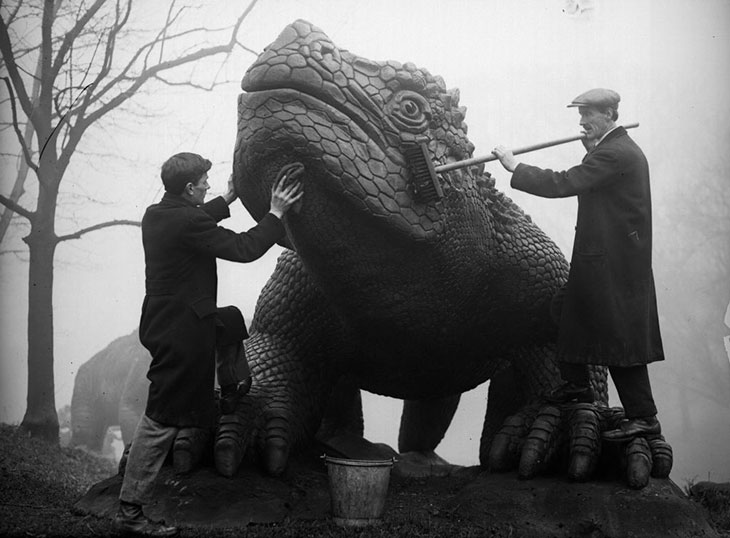
Dinosaur bathtime at Crystal Palace in the 1930s. Photo: Fox Photos/Getty Images
Our knowledge of dinosaurs is constantly evolving. Rakewell was tickled to learn, for example, that just this week a new species had been identified. Named the Tlatolophus galorum, this herbivore dinosaur was described by the National Institute of Anthropology and History in Mexico, where the specimen was discovered, as a ‘peaceful but talkative’ creature – prone to emitting strong sounds both in order to scare away predators and attract mates. Another one for the animatronic park, perhaps?
Got a story for Rakewell? Get in touch at rakewell@apollomag.com or via @Rakewelltweets.
Unlimited access from just $16 every 3 months
Subscribe to get unlimited and exclusive access to the top art stories, interviews and exhibition reviews.

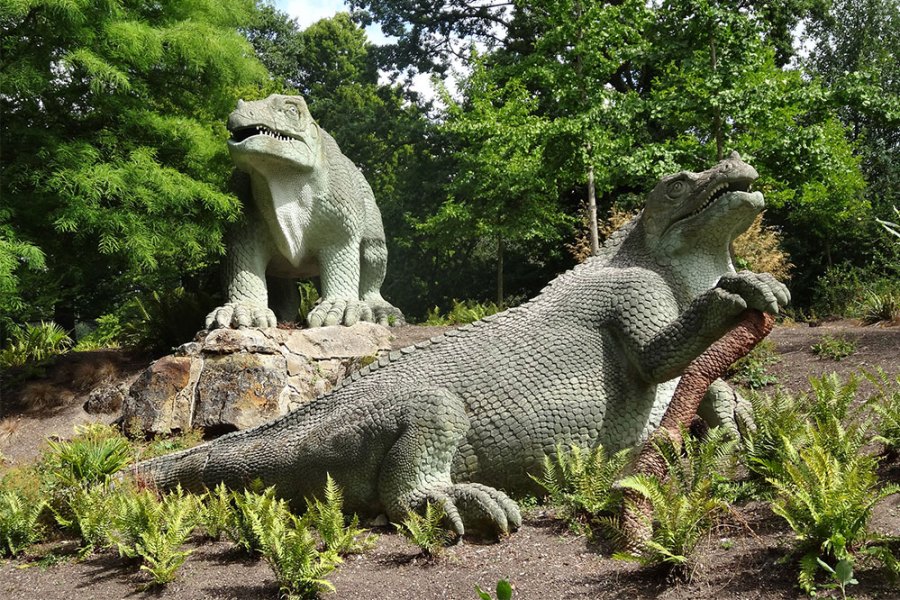
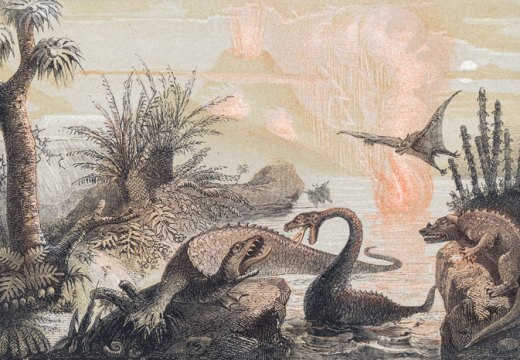
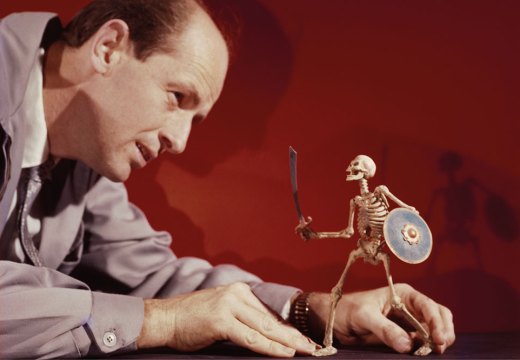
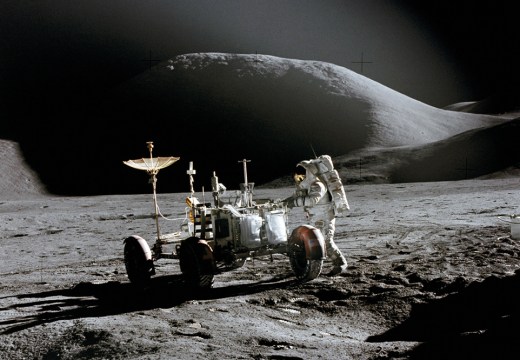









![Masterpiece [Re]discovery 2022. Photo: Ben Fisher Photography, courtesy of Masterpiece London](http://www.apollo-magazine.com/wp-content/uploads/2022/07/MPL2022_4263.jpg)
Has the Fitzwilliam lost the hang of things?